Eliminating Mold and Odors in your RV or Tiny Home
Eliminating mold and odors in your RV or tiny home will be on your to-do list at some point. Everyone who lives in a small enclosure will struggle with this issue. Mold spores are always present; they can float on the wind, stick to any moist surface, and begin to grow.
Unless extreme measures are being taken to filter the air in your home, you are being exposed to mold. Fortunately, only 25% of people who suffer from allergies are allergic to mold, according to the American College of Occupational and Environmental Medicine (ACOEM). The organization estimates that 10 percent of Americans are allergic to mold, and for about half of them, the allergy may result in an actual illness. If you are one of these you already know to avoid areas where mold growth is common.
You can smell mold, but not always
Molds and mildew have a distinctive musty smell. In Michigan (where I grew up) it was the smell of an old wood cottage by the lake. In Colorado (where I live now), humidity levels are very low so that mold smell is much less prevalent. But I can smell it in my camper when I open it up in the spring. As long as I air it out well, clean any noticeably moldy areas, and keep it ventilated while camping things, are fine.
Mold is an umbrella term to describe a wide range of fungal species
There are over 100,000 types of mold. Only a few are toxic to human. Black mold is one of these.
Dry-Rot or Wood Rot
Wood rot is a type of fungus (Serpula lacrymans) that feeds on damp wood. It can cause serious structural damage to homes as well as RVs made with wood. Spongy floors and de-lamination are signs of wood rot. Wood rot ONLY feeds and grows on wood. Vintage RVs with wooden supports will often have dry rot. Tiny homes made with conventional building materials are also very susceptible to this fungus.
Modern RVs made of metal and foam will not as susceptible. If you demo an RV’s wall for remodel or repair and see a fungal growth with no wood present, it’s most likely mold.
Mold Feeds On Cellulose
Mold can grow almost anywhere. It’s favorite food is cellulose. Cellulose is found in all types of paper and wood products but also in fabrics, carpets, cupboards, grease, grime, and dirt. All it needs is a little humidity.
Since so many surfaces present a satisfactory food for mold, the only way to prevent it is to keep things very dry. Even then, mold spores can be present in a dormant state just waiting for the right conditions in which to grow. Because mold spores are microscopic, they can hide in very small cracks and uneven areas of the smoothest surfaces. Cleaning with harsh chemicals won’t kill them or might not kill all of them. They just grow back.
The Remediations of Mold and Fungus are Different
Mild wood rot
A product like MAS Epoxies Penetrating Epoxy Wood Stabilizer Sealer should be used to restore fungus infested wood.
“When repairing wood that has mild dry rot, the MAS Epoxy will migrate along the abnormal porosity which dry rot fungus creates within the wood, as long as it continues to be fed in. Impregnation of wood with MAS Epoxy changes the cellulose of wood (which fungi and bacteria find tasty and easily digestible) into epoxy-impregnated cellulose which resists further attack by fungi and bacteria while reinforcing the wood, accomplishing restoration.”
If the wood is already decomposed into a soft spongy or powder state, the only option is to replace it. Once replaced, seal the wood with a good penetrating wood sealer. Paint the surrounding area with a product like KILZ.
Eliminating Mold in your RV or Tiny Home
Mold spores are always present. They’ll grow whenever enough moisture is present. Minimizing moisture will stymie mold growth. This seems easy, but it’s anything but.
Indoor relative humidity should be kept between 30% to 50%. Use a good humidity sensor to help you regulate indoor moisture levels. I like the Newentor Wireless Weather Station shown in the right column that has four sensors to keep track of not only the main cabin but the crawl space, bathroom, and under the kitchen cabinet.
Problem areas are a little different in RVs versus tiny homes, so I have specific pages for each:
These pages detail what can be done to reduce moisture and condensation in your home so we will not cover that here.
Dealing with Moisture in an RV
More pages of this website that deal with moisture mitigation:
How to refinish or repair your RV Roof
Killing Mold Spores
There are several products that are effective at killing mold spores. These are:
Bleach, Borax, Vinegar, Ammonia, Hydrogen peroxide, Detergent, Baking soda, Tea tree oil, Grapefruit seed extract.
To see details of using the items on this list to kill mold spores visit Home Healthy Homes website.
Getting mold killing products into every nook and cranny
So we see that many household products are effective at eliminating mold and odors in your RV. However, they do not penetrate porous surfaces to get at the mold spores living within. Mold can live beneath the surface of wood, drywall, fabrics, cushions, and every crack and cranny of your HVAC system. The real challenge is how to deliver the mold killing product without poisoning yourself, children, or pets.
Short of hiring professionals (which professionals recommend) there are a few products that can effectively reach most hidden areas.
Concrobium
Concrobium is a proven mold killer. They have a fogger that is effective in delivering the product as a micro-mist that penetrates every tiny space. This is perfect for eliminating mold and odors in your RV.
To be effective, the mist needs to reach and saturate everywhere.
They suggest putting the fogger on a 3′ ladder and aiming it into each corner of the room for 10 minutes then leave the room sealed for twenty minutes.
You must remove anything that would be damaged by being wet, like TVs and other electronics, art work, and important papers.
Put mattresses on their side and open all cupboard doors to ensure products can float into every space. I also suggest running your ducted HVAC system to get the concrobium deep into the duct work.
It may leave a white residue after killing mold. Simply vacuum it away.
Concrobium has many useful and effective EPA approved mold killing products.
Eliminating Odors From Your RV or Tiny Home
Mold and mildew aren’t the only source of odors in your RV or tiny home. There can be odors from pet urine, wet and dirty pets, critter droppings, smoking, cooking. sewer, and body odor. Even gasoline and petroleum products smells can be eliminated.
Most odor ‘eliminators’ simply mask the odor with a stronger scent of their own. 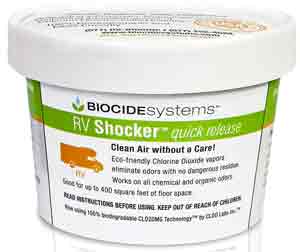
With Biocide Systems™ line of Bio-Shocker™ products you can eliminate the toughest and most unpleasant odors in a way no other product can. Our products effectively eliminate pet, cigarette, mold, and food odors—and so much more. They guarantee it or your money back!* The secret lies in the ClO2-DMG technology™ or ClO2 Disposable Micro Generator exclusively developed for Biocide Systems and the Bio-Shocker odor eliminator product line.
This revolutionary technology uses the most effective industrial odor eliminator—Chlorine Dioxide. Also known as ClO2, this natural odor eliminator is readily available, safe, and affordable. Now everyone can benefit from the unparalleled odor eliminating superpower of Chlorine Dioxide!
Chances are that you’ve used an oxidizing product before—the stain remover OxiClean™ is an example.
RV Shocker uses their exclusive ClO2-DMG odor elimination technology to provide maximum deodorizing and odor removal from RVs. Each container of Biocide Systems RV Shocker can treat up to 300 cubic feet of space inside the RV, which is the equivalent of one small- to medium-sized RV.
Biocide Doggy Clean Skunk Spray
These smelly critters spray skunk oil, which is a potent substance released from glands under the tail. It contains thiol, which is a foul-smelling substance designed to ward off predators and be remembered! If your dog has been sprayed, this oil combines with the natural oils in a pet’s fur and becomes very difficult to remove even if you wash your dog. It can also be rubbed off onto clothing, skin, and home surfaces.
When nature strikes with the force of skunk spray, doggiClEEN spray formula uses the odor-eliminating power of chlorine dioxide to safely and effectively remove skunk smell from a dog or cat. Much more than a masking agent or deodorizer, doggiClEEN neutralizes the odor-causing chemicals that can otherwise linger for weeks or months in your pet’s fur.
You will be soooo glad you spent $16.95* to keep this product on hand. Don’t rely on home remedies like tomato juice or harsh chemicals like hydrogen peroxide.
Biocide is safe to use
Unlike most other chemical deodorizers, chlorine dioxide degrades very quickly into simple saline solution (simple salt and water), often within hours and in direct sunlight within seconds. Once the clean process is complete, open your RV or tiny home to vent the moisture and completely dry all surfaces. If a white powder remains, simply vacuum it up.
Here’s Another Odor-Reducing Product People Rave About
It’s a silly name but here’s what they claim, ” MisterMax Anti-Icky-Poo is a breakthrough product used in organic waste decontamination. Will remove the odor caused by Pet, Human or Animal urine, vomit, hairball, feces (poop) and skunk musk. Gets the stink out with MisterMax Anti-Icky-Poo and is recommended and endorsed by veterinarians as well as animal behaviorists and Universities across the country. Among the universities are: U.C. Davis, U.C. Berkley, etc. Try it for yourself! You will find MisterMax Anti-Icky-Poo to be the best product on the market.”
It’s safe for pets
Here’s whats in MisterMax Anti-Icky-Poo: Viable Bacteria Cultures, Sodium Lauryl Sulfate, and Water. Anti-Icky-Poo Unscented: Citric Acid, Sodium Xylene Sulfonate, Viable Bacterial Cultures, Alcohol Ethoxylate, Sodium Hydroxide, 1,2-benzisothiazol-3(2H)-one, and Water.
Other stink sources in an RV
Did you know your gray holding tank can stink as bad as your black tank? Especially in warm weather. See details on this page: How to Drain and Maintain Your RV Holding Tanks


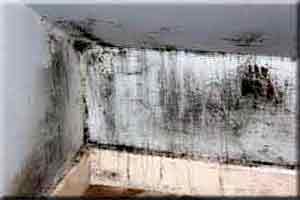


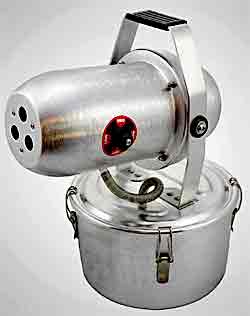
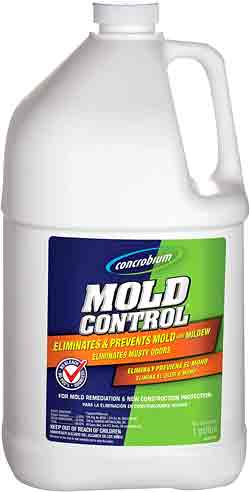
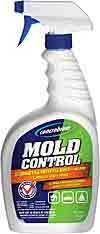

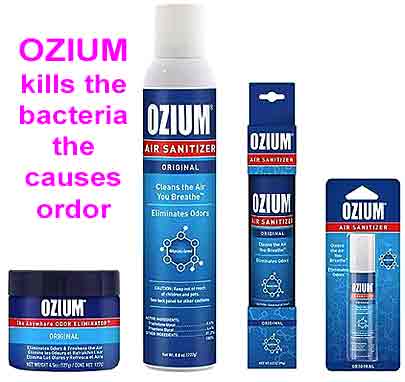

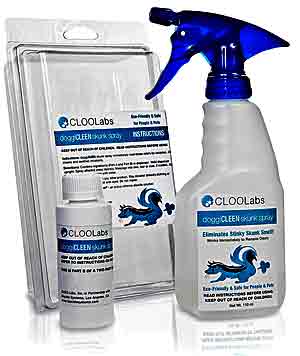
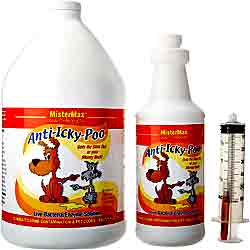

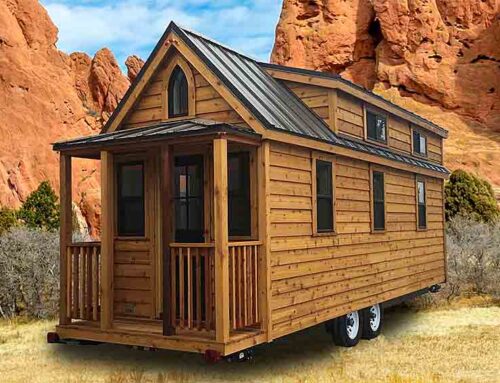
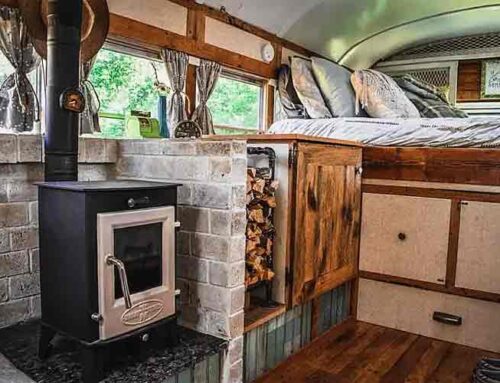
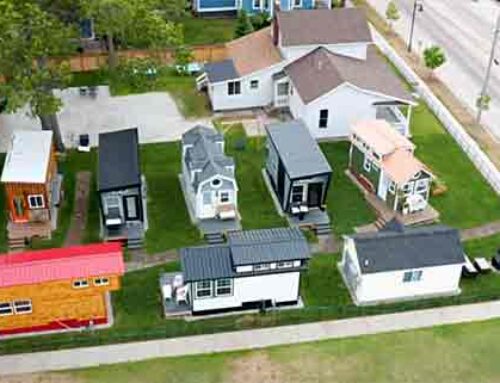
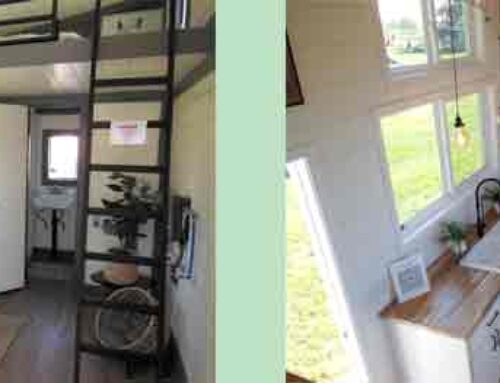
Leave A Comment